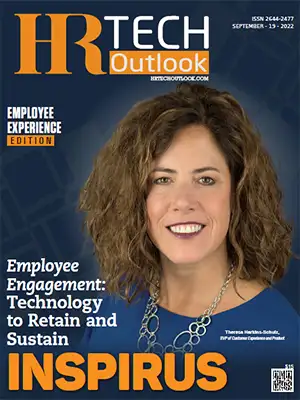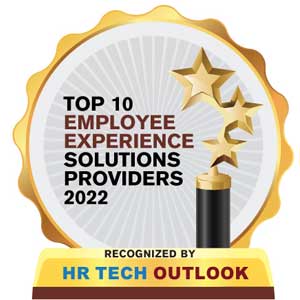The COVID-19 pandemic and The Great Resignation shined the spotlight on employee experience. The last two years have seen a few trends in this regard.
Probably the biggest demand by employees worldwide over is the work flexibility. The pandemic forced organizations to go remote and, later, hybrid. One of the positive outcomes of those experiments was many people found the work-life balance they were looking for while ensuring productivity was not compromised. Countless studies have supported this as well. Now, if organizations want to call people to the office, most employees will be uncomfortable with that. Further, with the threat of the Omicron and possible future variants, employees are concerned about their health and safety and uncomfortable returning to the physical workspace.
While benefits other than pay have traditionally been part of many organizations’ compensation plans, the pandemic has created different employee requirements in the last two years. For example, a fixed salary at the end of the month does not cut for a significant number of employees anymore, giving rise to on-demand pay. Similarly, many women moved out of work to take care of personal responsibilities.
Hence, employees are demanding benefits that matter to them in today’s situation and requirements, and not the flashy or the coolest perks organizations offered before the pandemic. They want healthcare, childcare, education, and the flexibility to care for their loved ones. As such, we can expect to see a significant increase in perks and benefits that improve the quality of life for employees this year.
Data also shows that in a hybrid world, women and people of color prefer to work from home compared to white men. Given that, without intervention, gender wage gaps will widen and the degree of diversity within leadership benches will weaken. Without greater intentionality, underrepresented talent could be excluded from critical conversations, career opportunities and other networks that drive career growth.
We’ve all been living through the greatest workplace disruption in generations and the pace will not slow down. What will change is how variable that disruption becomes.
Let us know your thoughts.

















